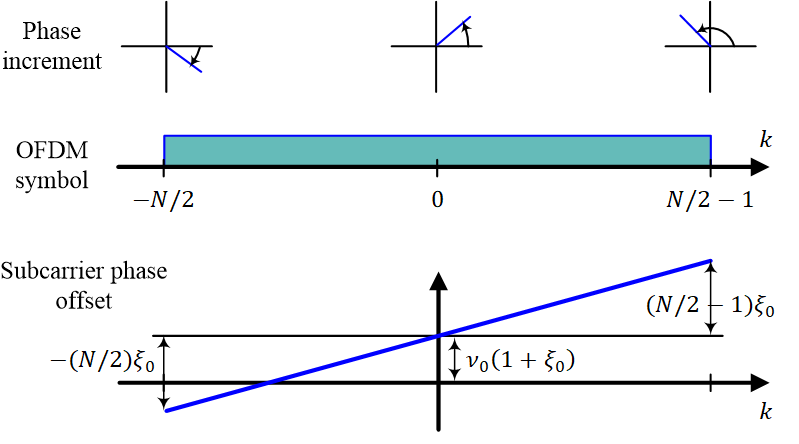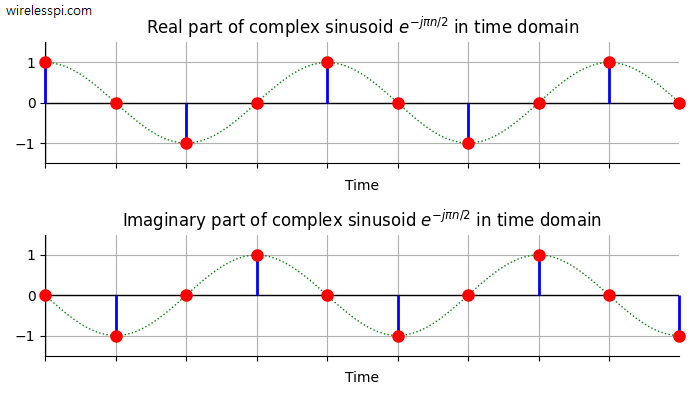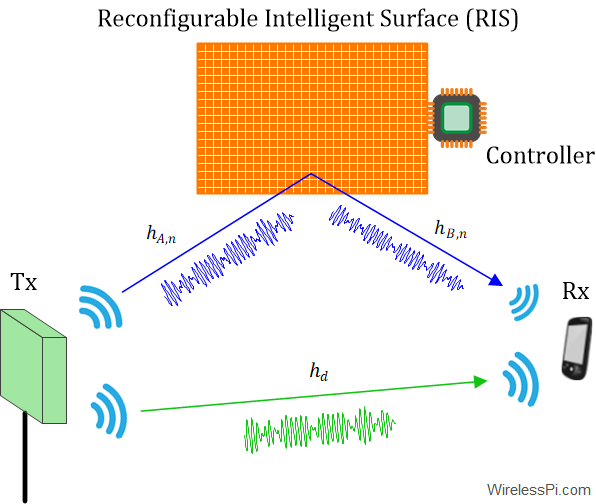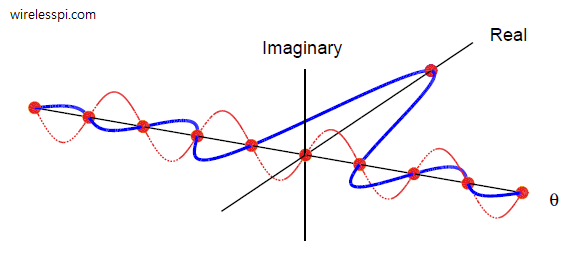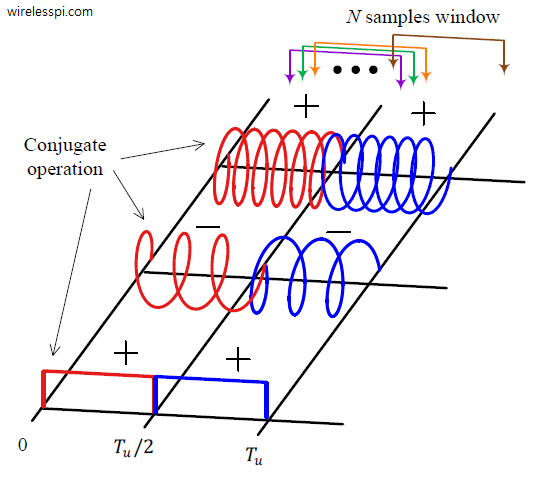In an earlier article on the impact of a sampling clock offset on a single-carrier waveform, we explained the nature of a Sampling Clock Offset (SCO), i.e., a difference in sampling clock frequency between the Tx and the Rx. This is also known as a symbol timing frequency offset. The meaning of a sampling clock offset for a slow Rx clock that skips some samples within an interval is visually demonstrated in the figure below. In the context of OFDM systems, a previous article describes how the normalized Carrier Frequency Offset (CFO) and the normalized Symbol Timing Offset (STO) affect
Continue reading